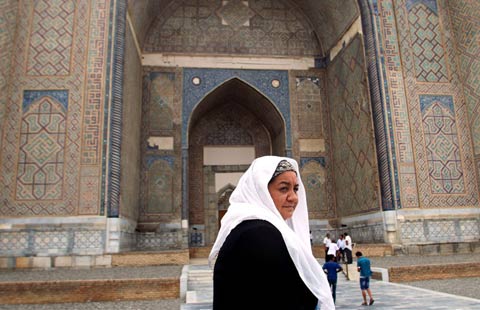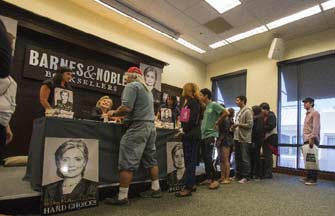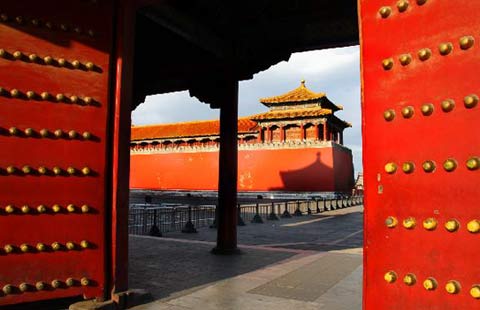Musing on May 21, a day in our lives
By Sun Ye ( China Daily ) Updated: 2014-06-23 08:40:25
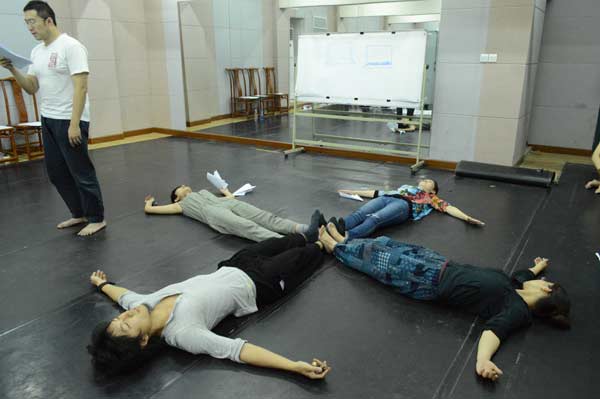 |
|
Photo provided to China Daily |
"They may seem chaotic, and I have so many thoughts to engage with them, too," he says.
"But it's best for the theater play because the art form can show the contradictions, different points of view and different levels of things all at the same time, as well as the whole process of looking for meanings."
One of the meanings he goes after is consistence. "I'm trying to find the thing that stayed the same from 1936 until today. But I'm not sure where it is," he says.
"I'll let the audience see and decide for themselves."
"China has changed so much in the last 10 years alone," says Sato, who first came to China at the end of the 1980s.
"People used to instantly spot me as a foreigner from my clothes and just looked at me. Now they can't tell and would accost me in Chinese."
Whatever the stories are, Sato gives the cast members, who have all handed in their own stories, full liberty in decoding and acting them out.
"Sato rearranged the bits we provide to make one good pastiche. Everyone, even the amateur, gets involved and understands the power of theater," says He, the Chinese director.
"That also gives us a sense of all the possibilities and interactions we see in real life."
IF YOU GO
7:30 pm, June 24-26. Penghao Theater, 5 Dongmianhua Hutong, Nanluoguxiang, Dongcheng district, Beijing. 010-6400-6452.
|
|
|
|
|
|
|
|

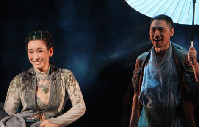




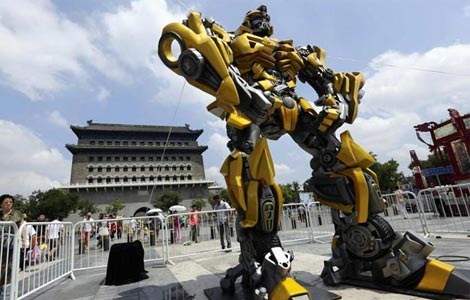

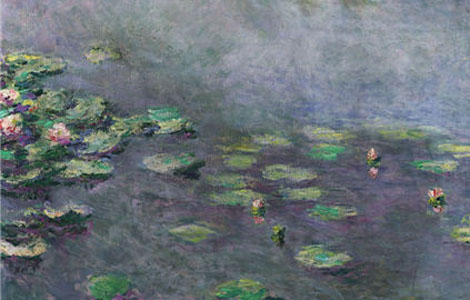
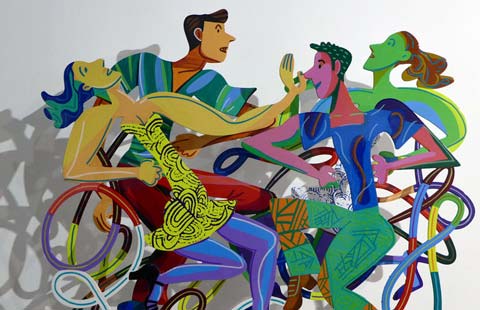
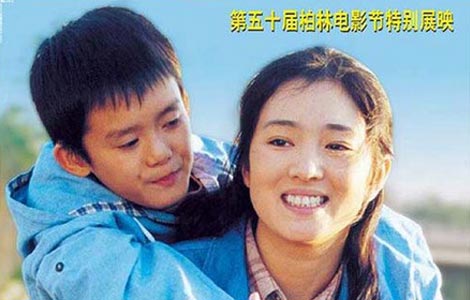




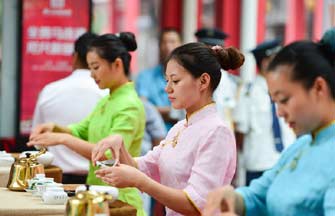







 Raymond Zhou:
Raymond Zhou: Pauline D Loh:
Pauline D Loh: Hot Pot
Hot Pot Eco China
Eco China China Dream
China Dream China Face
China Face
